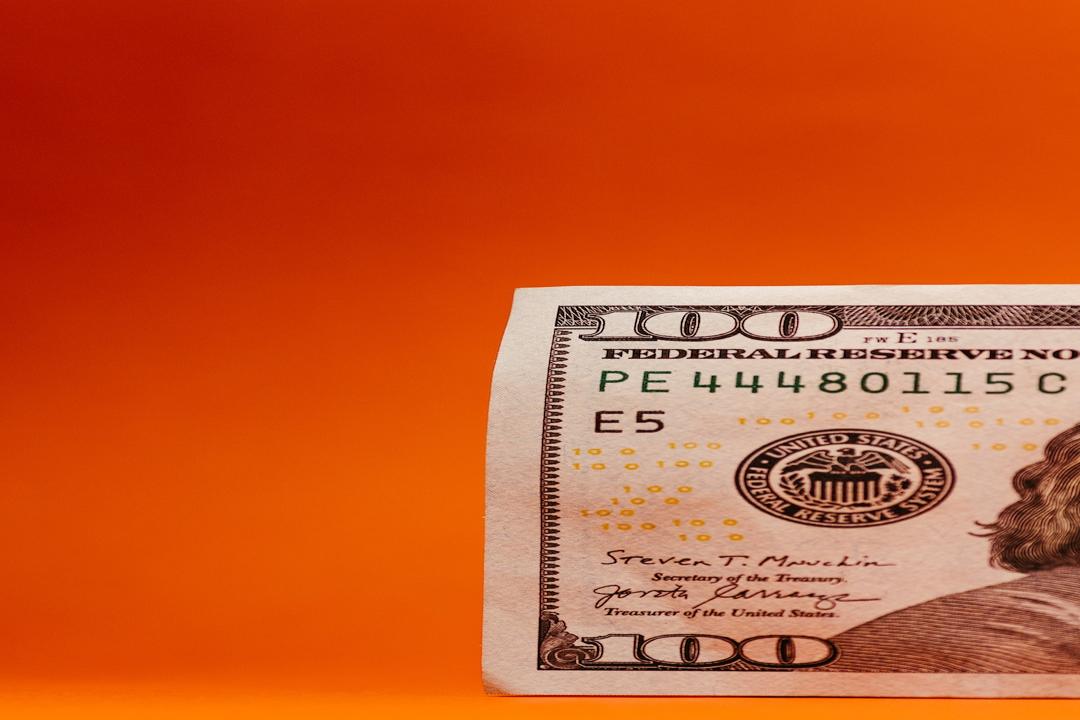Since the launch of the United States spot exchange-traded funds (ETFs), approximately $10 billion worth of Bitcoin (BTC) has been withdrawn from crypto exchanges. Data from Glassnode, an on-chain analytics firm, reveals that exchanges have experienced a decrease of over 136,000 BTC since January 11. The trend of Bitcoin leaving exchanges indicates that supply dynamics are favoring the bulls as withdrawals continue to occur this quarter. In the short span of less than three months, around $9.5 billion worth of BTC has been withdrawn from major trading platforms due to the introduction of the U.S. spot Bitcoin ETFs. As of March 28, Glassnode’s data shows that the combined BTC balance held by exchanges is at its lowest point since April 2018, with a total of 2,320,458 BTC. This trend shows no signs of slowing down, as on March 27 alone, withdrawals amounted to over 22,000 BTC ($1.54 billion), making it the third-largest daily tally of 2024. In addition to this, J.A. Maartunn, a contributor to the on-chain analytics platform CryptoQuant, analyzed market flows and highlighted a significant transfer of the stablecoin USD Coin (USDC) to Coinbase, the largest U.S. crypto exchange. This transfer was the largest inbound transfer of USDC in history, raising questions about whether strong buying pressure is imminent. The long-term impact of ETFs on the BTC supply and price has become a popular topic of discussion among market observers. It is predicted that within the next six to 12 months, there will be a major “squeeze” in supply, where demand surpasses the available BTC for sale. This, combined with the buying force generated by ETFs, is expected to contribute to a significant increase in price. After the upcoming block subsidy halving in mid-April, the ratio of ETF buying force to newly mined BTC will be even higher, as the BTC supply expands by just 3.125 BTC per newly mined block. Charles Edwards, the founder of quantitative Bitcoin and digital asset fund Capriole Investments, emphasized the significance of the upcoming halving event and its potential impact on the market. It is important to note that this article does not provide investment advice or recommendations, and readers are advised to conduct their own research before making any investment or trading decisions.

